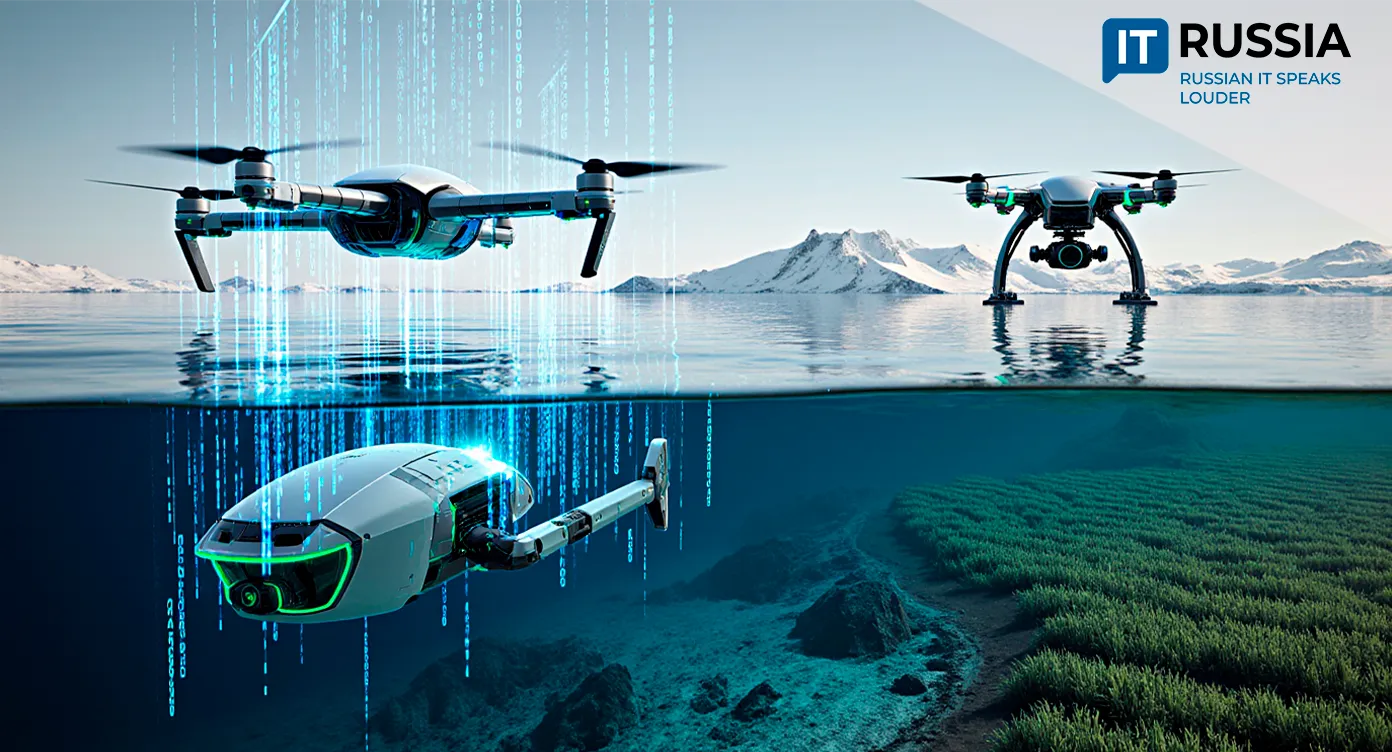From Baikonur to the Moon: How Russia’s Lunar Strategy Could Reshape the Future of Space Tech

Russia is ramping up its ambitions in space exploration with a bold new chapter in its lunar program. At a recent BRICS meeting, Dmitry Bakanov, head of the national space agency Roscosmos, announced the deployment of two Luna-27 landers aimed at exploring Earth's natural satellite—specifically, its most enigmatic frontier: the lunar poles.
One of the spacecraft will be sent to the Moon’s northern polar region, an area that has never before been studied by landers. Russian scientists believe it holds untapped scientific and strategic value. “The North Pole gives us more room for maneuver. From the standpoint of resource development, it's just as promising as the South. We're especially eager to understand how the soil composition differs between the poles,” said Lev Zelyony, scientific director at the Russian Academy of Sciences’ Space Research Institute. “Our goal is to land one Luna-27 at the North Pole and its twin at the South. That way, we can secure Russia's scientific and exploratory claims in both regions.”
The Nuclear-Cosmic Nexus
Russia’s plans go far beyond exploration. They envision the Moon as a launchpad for deeper space activity—and that means infrastructure. Central to this effort is the development of a compact nuclear power system, a precursor to a potential lunar nuclear power plant. If successful, it would be the first of its kind and a game-changer for long-term lunar colonization. The Moon’s poles are of particular interest because they may contain water ice—vital for sustaining future lunar outposts.
Russia’s broader strategy includes launching a suite of orbital and contact probes. The Moon, officials say, should become humanity’s second cosmic stronghold—following Earth orbit—as we take our next giant leap beyond low Earth orbit.
A BRICS-Sized Space Alliance
In a geopolitical move, Russia has proposed establishing a BRICS Space Council to synchronize efforts on existing and future space missions, as well as on developing international legal norms for outer space. This would mark a significant shift in how non-Western countries cooperate in space, pooling resources and expertise to create a counterbalance to NASA, ESA, and private players like SpaceX.
Already, BRICS nations are sharing satellite data on an unprecedented scale. Over the past year, Russia has exchanged Earth observation data covering more than 27 million square kilometers with its BRICS partners. This collaboration had real-world impact: satellite imagery helped track the environmental damage from a December 2024 oil spill on Russia’s Black Sea coast, and supported India in managing the aftermath of earthquakes over a 34,500-square-kilometer area.
Roscosmos says the next step is launching a full-scale Earth observation data exchange platform within BRICS.
Students in Orbit
No national space effort can thrive without cultivating the next generation of scientists and engineers. Russia is investing heavily in student-led initiatives as part of its space strategy. Nine leading Russian technical universities are participating in UniverSat, a program for building and launching small satellites. These mini-satellites carry both educational and scientific instruments, and are launched as secondary payloads on larger missions. To date, 22 such satellites—with meteorological and observational capabilities—have made it to orbit.
Dmitry Bakanov has proposed expanding this model by inviting students from other BRICS nations to join the UniverSat program. “We envision a BRICS-wide platform where students can apply to develop and launch their own space experiments,” he said.
This initiative echoes a broader message voiced by Russian officials: space should be a shared human endeavor. “Half of the world’s population lives in BRICS countries. That means we carry half the responsibility for ensuring that space exploration is fair and grounded in mutual respect,” Bakanov said during the summit. “We must honor that responsibility.”
And, so far, Russia is doing just that—turning decades of experience into a new kind of leadership in space, one defined not just by national pride, but by global partnerships and long-term vision.









































